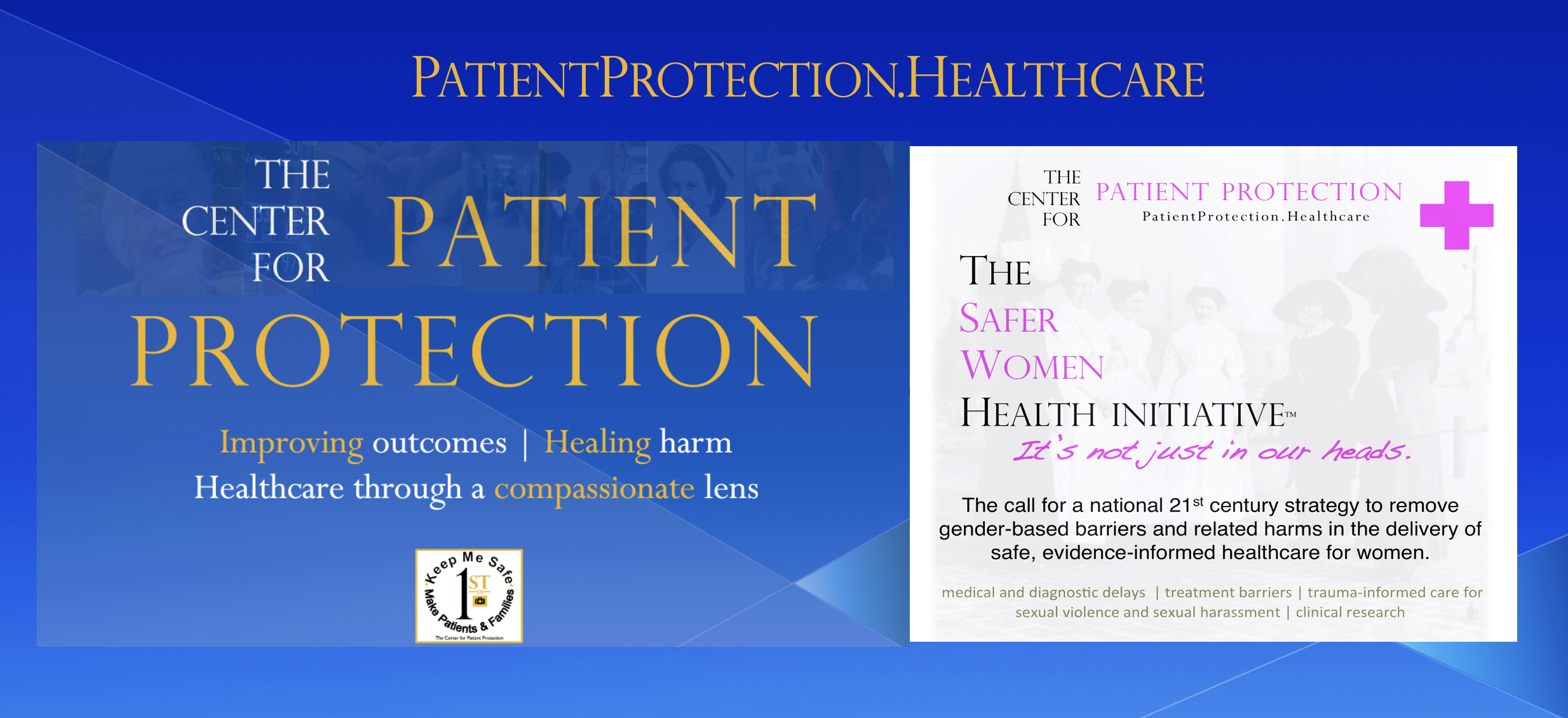(Published in The Huffington Post)
Canadians and Americans buy and drive similar cars and trucks. They also suffer heart attacks and strokes. Sometimes, they need surgery. But while Canadians, like their American cousins, can read reviews on the safety, reliability and quality of a Ford or Jeep before they invest their hard-earned dollars, the same can’t be said for the hospitals they entrust with their lives.
Each Canadian province decides what, if any, indicators of patient safety performance hospitals have to report publicly. For instance, Ontario hospitals disclose whether they use a check list for surgical procedures, on the rate of some hospital-acquired infections and on hand hygiene compliance. It’s a good start, but a pale showing compared with what’s available from U.S. hospitals, which covers these same Ontario indicators and a whole lot more.
In preparing this piece, I reached out to the Canadian Institute for Health Information (CIHI), which collects extensive healthcare data from Canada’s provinces and territories and receives more than 80 per cent of its funding from Canadian taxpayers. I asked if they could advise what other provinces require hospitals to publicly report on safety indicators. CIHI told me to contact each government separately myself. The find it yourself mentality seems to be pretty big in Canada’s healthcare system. It’s different in the United States.
The Center for Patient Protection recently reviewed the data top hospital rating organizations, like Leapfrog, the Joint Commission and the Hospital Compare site of the Centers for Medicare and Medicaid, provide about hospital safety performance.
They cover the smallest community hospitals right up to the biggest teaching facilities, in a format where access to the information is quick and user-friendly. While even this information could be improved (nothing is available on the number of medication errors, for example), what is provided helps patients and families to assess and compare how well a hospital is doing in providing safe, effective and timely care in the kinds of situations Americans face every day, like heart attacks and surgery.
But you won’t find similar information anywhere in Canada.
Here is a sampling of just 10 key markers of patient safety included in these U.S. reports.
Important treatment measures: These categories show where hospitals stand in following practices known to improve patient outcomes.
- Percent of surgery patients who were given an antibiotic within one hour before surgery to help prevent infection.
- Percent of ischemic stroke patients who got medicine to break up a blood clot within 3 hours after symptoms started.
- Percent of outpatients who had a follow-up mammogram, ultrasound, or MRI of the breast within 45 days after a screening mammogram.
- Percent of patients with blood clots who were treated with an intravenous blood thinner, and then were checked to determine if the blood thinner was putting the patient at an increased risk of bleeding.
- Percent of patients who came to the emergency department with stroke symptoms who received brain scan results within 45 minutes of arrival.
- Average number of minutes before outpatients with chest pain or possible heart attack got an ECG.
- Percent of heart attack patients who got drugs to break up blood clots within 30 minutes of arrival.
Warnings signs about the safety of hospital care: Poor scores in these areas give prospective patients reason to be concerned about the risk that they may suffer harm in the hospital.
- Number of incidents where surgical wound split open.
- Number of incidents of dangerous bed sores. These carry the risk of serious complications, including infection, and are a constant source of extreme pain.
- Number of times a dangerous object was left in the patient’s body after surgery. Higher than average incidents in this category is a big reason to consider another hospital.
Several years ago, the U.S. began to wake up to the staggering costs of medical errors in both human and financial terms. Hospital errors kill and injure millions of patients every year. Most of those incidents are preventable. Awareness of the scope of the problem prompted a number of advancements to make hospitals more transparent about how safe they keep their patients.
But it seems Canada has yet to become alert to the patient safety challenge that confronts it, and has chosen to leave hospital comparisons on the basis of vital performance statistics like those above the black hole of the Canadian healthcare system.
That needs to change.
The fact is that a stroke can be just as bad for a Canadian as it is for his or her American cousin. Heart attacks are no laughing matter on either side of the border. Infections and blunders in surgery needlessly claim the lives of patients hospitalized in Toronto as well as Toledo.
Several decades ago, the securities industry got away with hiding the shoddy performance of publicly traded companies. Investments were a gamble. But in the aftermath of a succession of corporate scandals, economic recessions and a Great Depression, the public demanded and got a more transparent financial system.
Today, Canadians know more about the state of their mutual funds than the safety of their hospitals. That’s a risky business if ever there was one.
It’s time to stop rolling the dice with the health of our parents, partners and children, and insist that hospitals come clean with how they are doing ⎯ and how well they are keeping Canadians well.

